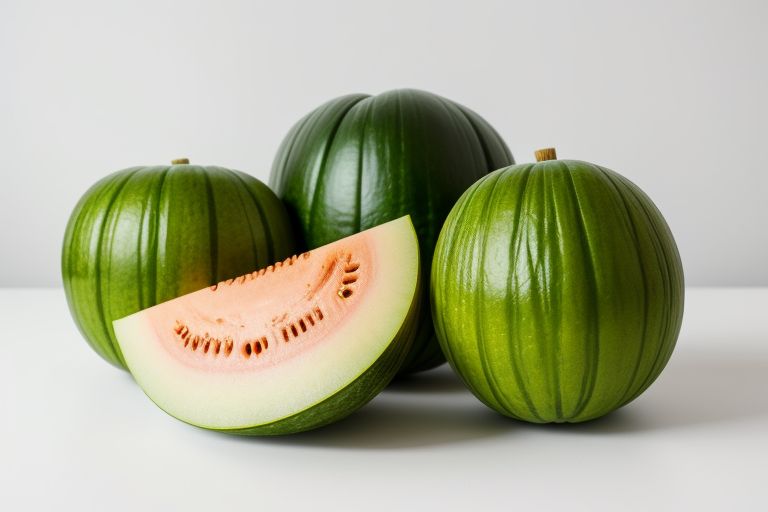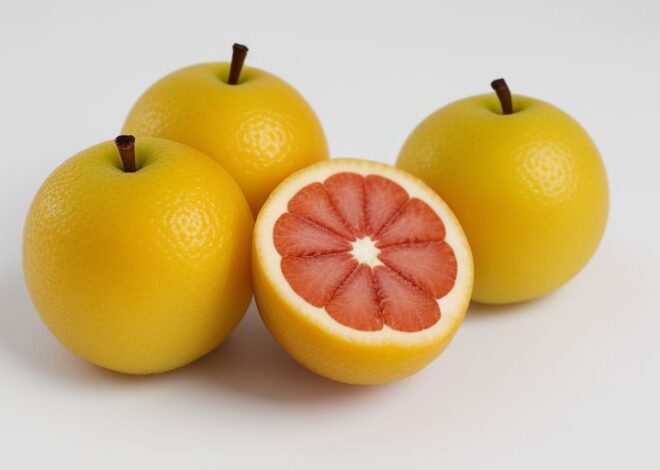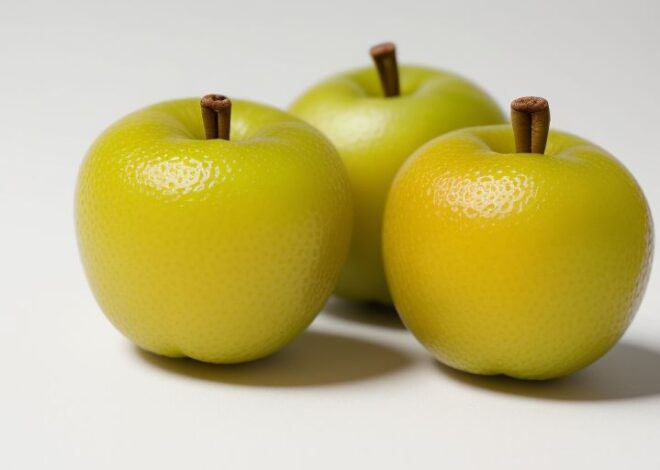
Melon
Introduction
Melon is a juicy, sweet, and refreshing fruit that belongs to the Cucurbitaceae family. It is a popular fruit worldwide, with a wide range of varieties, shapes, sizes, and colors. Melons are grown in many parts of the world, and they are an essential part of many cuisines, particularly in summer.
Etymology
The word “melon” comes from the Old French “melon,” which is derived from the Latin “melopepo,” meaning “melon.” The Latin word is a combination of “melos,” meaning “honey,” and “pepon,” meaning “large melon.”
Description
Melons are annual vines or bushes that produce a sweet and juicy fruit. The fruit has a hard rind, which is usually yellow or green, and a soft, juicy pulp with numerous seeds. The size and shape of melons vary greatly, depending on the variety. They can be round, oval, or oblong, and their weight can range from a few hundred grams to several kilograms.
Taxonomy and Cultivars
Melons belong to the Cucurbitaceae family, which includes other popular fruits like cucumbers, squash, and pumpkins. The most common species of melon is Cucumis melo, which includes many cultivars, such as:
| Cultivar | Description |
|---|---|
| Watermelon | Large, round or oval, green rind, and pink or yellow flesh |
| Cantaloupe | Small to medium, round or oval, yellow or green rind, and orange flesh |
| Honeydew | Medium to large, round or oval, green rind, and white or green flesh |
| Casaba | Large, oval, yellow rind, and white flesh |
| Crenshaw | Medium, oval, yellow rind, and orange flesh |
Distribution and Habitat
Melons are grown in many parts of the world, particularly in warm and temperate regions. They are native to Africa and Asia, but they are now cultivated in many countries, including the United States, China, and Europe. Melons require a warm and sunny climate, with well-drained soil and adequate water supply.
Cultivation
Melons are usually grown from seeds, and they require a long growing season, typically 70 to 100 days. They are planted in rows, and the vines are trained to climb a trellis or other support. Melons are sensitive to frost, so they are usually planted after the last frost in spring.
Production
Melons are widely cultivated and consumed worldwide. According to the Food and Agriculture Organization (FAO) of the United Nations, the global production of melons was over 27 million tons in 2020. China is the largest producer of melons, followed by the United States, Turkey, and Iran.
Uses
Melons are a versatile fruit, and they can be eaten fresh, used in salads, smoothies, and desserts, or pickled and preserved. They are also used in traditional medicine, particularly in Asia, where they are believed to have cooling and soothing properties.
Phytochemistry
Melons contain a range of phytochemicals, including flavonoids, phenolic acids, and cucurbitacins. These compounds have antioxidant, anti-inflammatory, and antimicrobial properties, which contribute to the fruit’s nutritional and medicinal value.
Flavor
Melons are known for their sweet and juicy flavor, which is due to the high content of sugars, particularly fructose and glucose. The flavor of melons can vary depending on the variety, with some having a sweet and musky flavor, while others have a sweet and slightly tangy flavor.
Toxicity
Melons are generally safe to eat, but they can cause allergic reactions in some individuals. The rind and seeds of melons contain a compound called cucurbitacin, which can cause nausea, vomiting, and diarrhea if ingested in large quantities.
Nutrition
Melons are a nutrient-rich fruit, providing vitamins A and C, potassium, and dietary fiber. They are low in calories and contain no cholesterol or saturated fats. One cup of cubed melon contains:
| Nutrient | Amount |
|---|---|
| Calories | 45 |
| Vitamin A | 10% DV |
| Vitamin C | 45% DV |
| Potassium | 10% DV |
| Dietary Fiber | 2% DV |
Culture
Melons have a rich cultural and symbolic significance in many societies. In ancient Egypt, melons were considered a sacred fruit, and they were often depicted in art and literature. In China, melons are a symbol of good fortune and prosperity, and they are often given as gifts during special occasions.
“Melons
Culture (continued)
In many cultures, melons are associated with summer, sunshine, and refreshing qualities. In the United States, watermelon is a popular fruit at outdoor gatherings and barbecues. In Europe, cantaloupe and honeydew melons are often served as a refreshing dessert or snack.
Melons have also been featured in art, literature, and music throughout history. In Renaissance art, melons were often depicted in still-life paintings, symbolizing abundance and fertility. In literature, melons have been mentioned in works by authors such as Shakespeare and Dickens.
Quotes
- “The melon is a fruit of perfection. It’s like a work of art, a masterpiece of nature.” – Unknown
- “There’s nothing like a juicy slice of watermelon on a hot summer day.” – Unknown
- “Melons are the fruit of the gods, and whoever eats them will be blessed with a long and happy life.” – Ancient Egyptian proverb
Conclusion
Melons are a delicious, nutritious, and culturally significant fruit that have been enjoyed for centuries. With their sweet and refreshing flavor, versatility in cooking and medicine, and rich cultural heritage, melons are a true treasure of nature.


